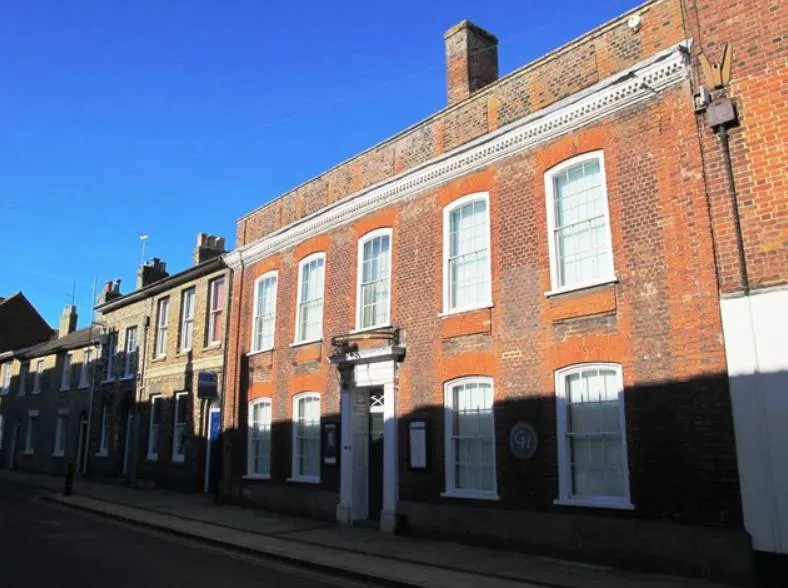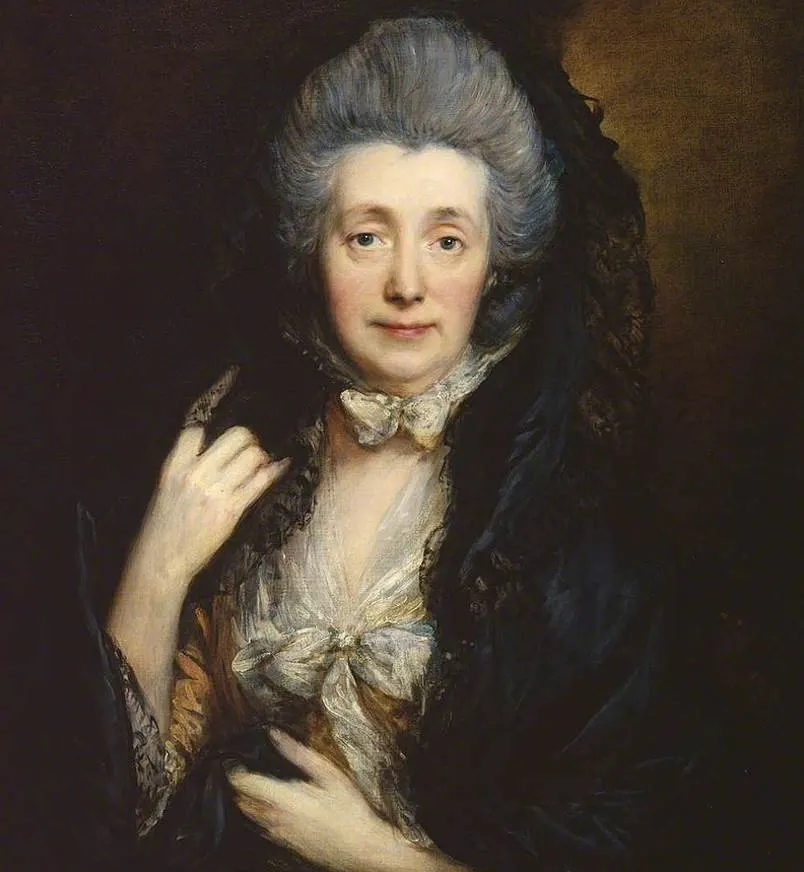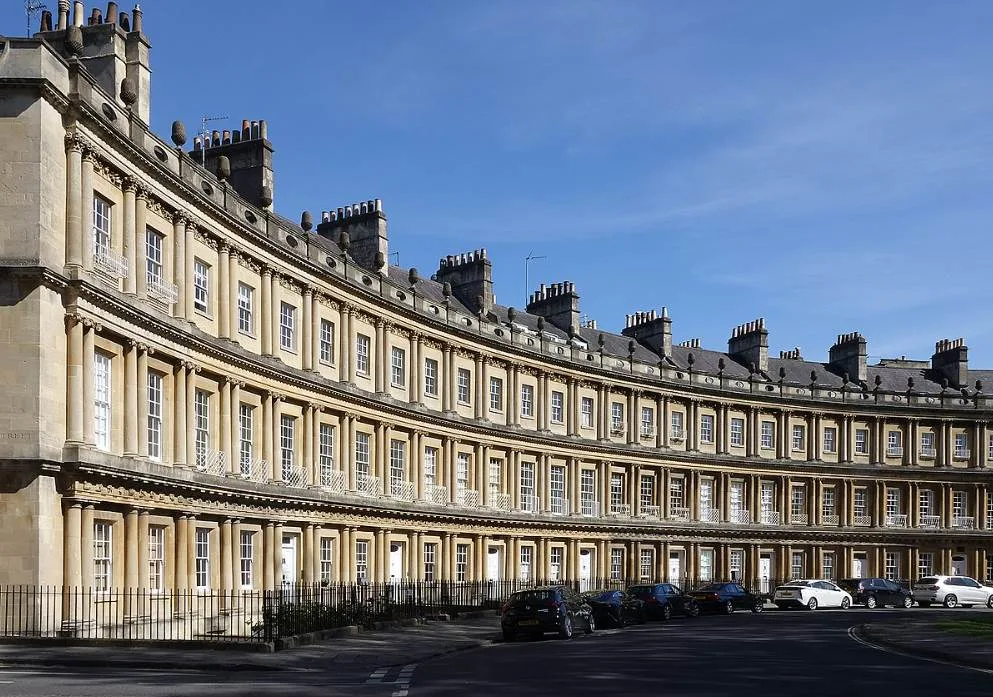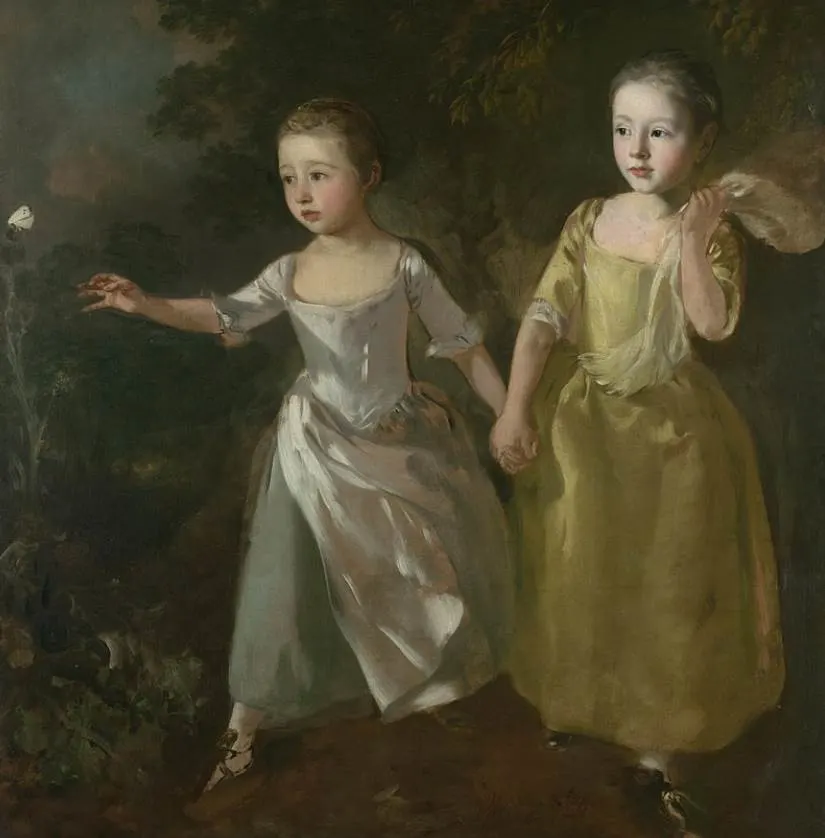One of the most renowned English artists of the 18th century has played a major role in the history of art in Great Britain. He was a founding member of the most prestigious art institution in the UK and primarily focused on two types of paintings.
In this article, you’ll discover some of the most interesting facts about Thomas Gainsborough, one of the greatest artists of the Rococo era who produced some amazing paintings.
1. He was born into a relatively humble home in Suffolk
Thomas Gainsborough (1727-1788) was born in the small market town of Sudbury, Suffolk. This is near the border with Essex in the southeast of England and approximately 97 kilometers (60 miles) northeast of London.
His father was a weaver and his mother Mary was the sister of an inventor and a local minister named Reverend Humphry Burroughs.
The young Thomas spent his childhood years in a house now referred to as the Gainsborough’s House on Gainsborough Street in Sudbury.
This house still exists in the heart of the town and has been transformed into a museum and has some of the artist’s paintings and personal items on display.

2. He started his training in London in his early teens
The talent of the young Thomas became apparent when he was still a child. His father admired the drawing skills of his son and he already produced portraits and landscapes before he was a teenager.
He was allowed to move to London and was trained by several artists, there. Some of these included French engraver Hubert Gravelot, once a pupil of François Boucher and a man who introduced Rococo paintings to London, and local artist William Hogarth.
His first jobs consisted of assisting artists as they decorated various structures in London, including Vauxhall Gardens and a building that now serves as the Thomas Coram Foundation for Children.

3. He painted fast and focused on two types of paintings

Thomas Gainsborough is considered to be one of the most famous portrait painters in history. He found great inspiration in the world of Flemish artist and English court painter Anthony van Dyck (1599-1641).
He was known to paint fast which in turn made him a very prolific artist. He was also experimental in his use of brushstrokes and although the Flamish Baroque artist inspired him, he still developed his distinctive style in tune with the 18th century.
Despite being most famous for his portraits, he found enjoyment in painting landscapes. This notion is emphasized by the fact that many of his portraits feature amazing landscapes in the background
The epitome of this characteristic is a painting called “Mr. and Mrs. Andrews” (1750). This is a double portrait featuring a landscape and is one of Gainsborough’s most famous works.

4. It took a while before his paintings started selling well
The artist married relatively young in 1746 to a woman named Margaret Burr. He primarily focused on his greatest passion in the early phase of his career which were landscapes.
This didn’t work out too well as the demand was rather low. To make a living, he had to paint portraits. He and his wife first moved back to Sudbury before settling in Ipswitch in 1752.
It wasn’t until the family moved to Bath in 1759 that he managed to attract an upscale clientele for his portrait business, something that finally skyrocketed his career.
The family moved one more time to London in 1774 and the artist spent the final 14 years of his life living at the Schomberg House, Pall Mall, in the City of Westminster.

5. He became a founding member of the Royal Academy in London
Shortly after settling in Bath, the artist started submitting works to the Society of Arts exhibition in London. He became one of the founding members, together with his rival Sir Joshua Reynolds (1723-1792) of the Royal Academy in London.
This prestigious art academy was founded in 1768 and Gainsborough started exhibiting his works at the academy’s annual exhibition in 1769.
These honors eventually landed him commissions from the highest levels, including Royalty. He painted the portraits of King George III and Queen Charlotte in 1780, quite an honor for a man who started his career painting local merchants.

More interesting facts about Thomas Gainsborough
6. Thomas Gainsborough moved back to Sudbury after his father passed away in 1748. He lived here for 4 years before moving to Ipswitch and already started focusing on portraits featuring landscapes.
7. His wife Margaret or “Molly” was quite a good catch for Gainsborough. She was the illegitimate daughter of Henry Scudamore, 3rd Duke of Beaufort (1707-1745). Because of this, she received a £200 annuity which allowed the artist to fully focus on his painting.

8. In Bath, a city in Somerset famous for its Roman Baths, the family lived in one of the most amazing buildings in the city called “The Circus.” This historic circle of townhouses is a grade I listed building and a prime example of Georgian architecture.
The Gainsborough family occupied number 17 of the Circle between 1758 and 1774, shortly after the historic houses were completed between 1754 and 1768.

9. His period in Bath marked his final artistic breakthrough. He started attracting rich patrons who wanted their portraits painted in this city. He was, however, not happy during this period because he preferred to paint landscapes. He once wrote to a friend:
I’m sick of Portraits and wish very much to take my Viol da Gamba and walk off to some sweet Village where I can paint Landskips (landscapes).
This doesn’t refer to his daughters which he painted on several occasions.

10. The fact that he wasn’t able to pursue his artistic preference wasn’t the only reason why he didn’t like painting portraits. He didn’t like his rich clientele as well as he considered them to be utter cold-hearted snobs. About this he once wrote:
They think that they reward your merit by their Company but I know that they have but one part worth looking at, and that is their Purse. Their Hearts are seldom near enough the right place to get a sight of it.
11. He managed to pursue his artistic preference during the final years of his life because he often painted landscapes during this period.
These works inspired an entirely new generation of English landscape artists, including another painter from Suffolk named John Constable (1776-1837), a leading Romantic artist in England.
12. Thomas Gainsborough died of cancer at the age of 61 and was buried inside St Anne’s Church, Kew, in the western London borough of Richmond Upon Thames. According to his daughter Peggy, his final words were “van Dyck.”
Whether these words were uttered in admiration or as a reminder of the many portraits he painted against his will remains unknown.

